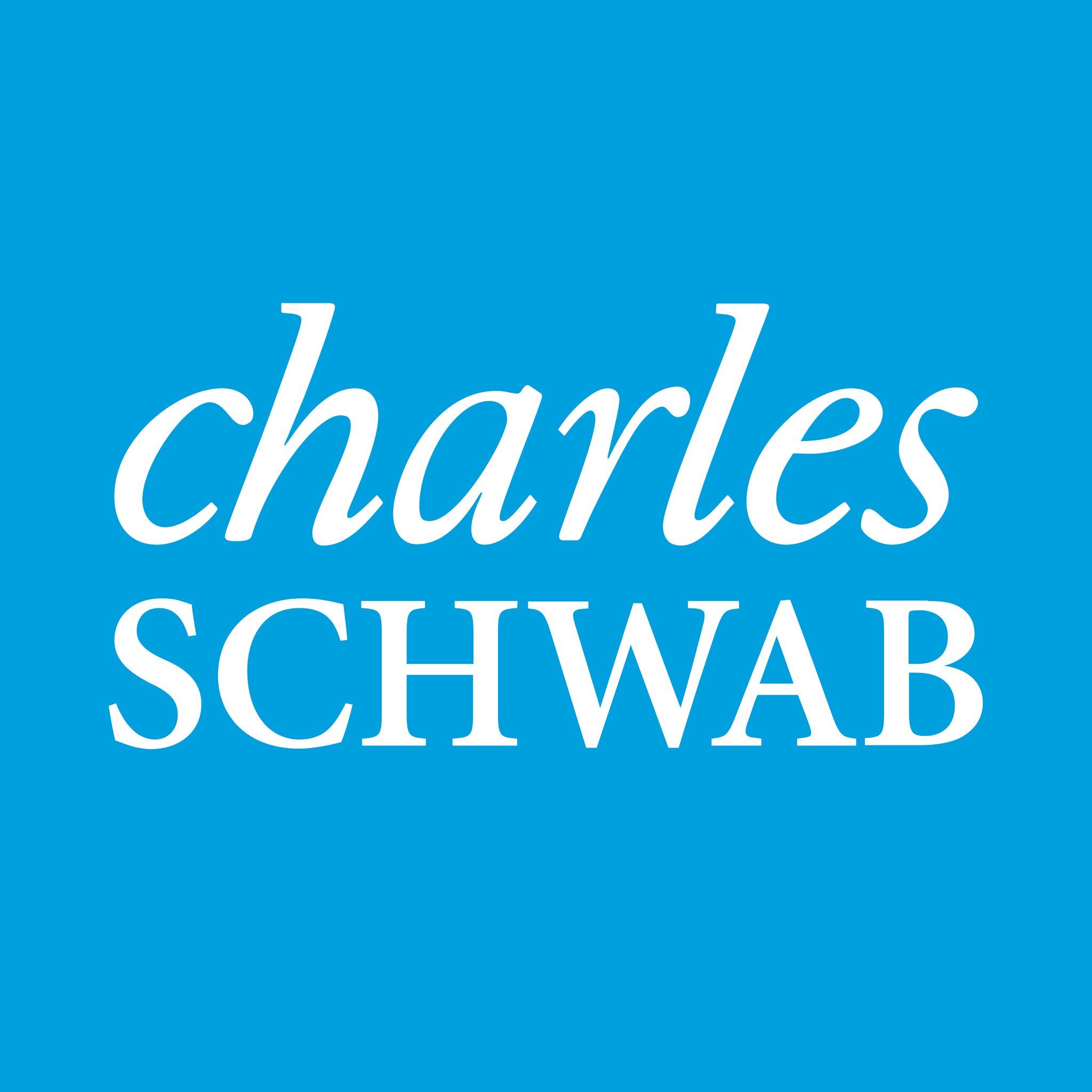5 Best Ways to Invest $1,000
Here are five ideas for investing $1,000, from boosting your retirement using a robo-advisor or 401(k) match to exchange-traded funds and fractional shares.

Many, or all, of the products featured on this page are from our advertising partners who compensate us when you take certain actions on our website or click to take an action on their website. However, this does not influence our evaluations. Our opinions are our own. Here is a list of our partners and here's how we make money.
The investing information provided on this page is for educational purposes only. NerdWallet, Inc. does not offer advisory or brokerage services, nor does it recommend or advise investors to buy or sell particular stocks, securities or other investments.
When money lands in your lap, you want to do right by it, regardless the amount. But figuring out how to invest can be, like many things, more challenging with fewer dollars. Here are five of the best options for investing $1,000.
1. Invest for retirement — or double your money with a 401(k)
If you have a 401(k) retirement plan and aren’t yet contributing, you could quickly double your money through matching contributions. You read that right: If your 401(k) offers matching dollars, that $1,000 could soon turn into $2,000.
How? Depending on your plan, when you put money into your 401(k) — which happens as a salary deferral before taxes — your company may also put money in. The amount of money you receive depends on the matching percentage, but it's common for companies to match half or all of your contributions up to 3% to 6% of your salary.
Most 401(k) plans don’t accept lump-sum contributions, so your $1,000 figures in this way: With your paycheck a bit smaller because of a 401(k) deduction, you can use the $1,000 as a cushion if you come up short on your monthly bills or you can repay yourself the difference each pay period.
If your employer doesn't offer a match or you've already maxed out your free money, consider opening an IRA.
- An individual retirement account is like a 401(k) you open on your own. You can contribute up to $7,000 to an IRA in 2025, or up to $8,000 if you're over age 50 .
- You also still receive many tax benefits, including the choice of tax-deferred or tax-free investment growth. (See the difference between traditional and Roth IRAs.)
- Another perk of an IRA is that finding one with no — or at least a low — minimum deposit requirement is easier.
- Most of the brokers on our list of best IRA providers have account minimums under $1,000.
» Ready to get started? Check our picks for the best online stock brokers for beginners
| Brokerage firms | |
|---|---|
| | |
| | |
2. Consider exchange-traded funds
You’ll likely face several investment choices after you open an IRA. While many mutual and index funds require minimum investments of more than $1,000, exchange-traded funds (ETFs) are a good alternative. All funds charge an expense ratio — a percentage of your investment that goes toward the fund’s operating expenses. ETFs are on the low end of the cost spectrum.
ETFs trade on an exchange like stocks, which means the minimum investment is a share price. That share price is often less than $100. Beyond the fact that it’s a minimum you can meet, the benefit is that with $1,000, you can put together many ETFs to build a diversified portfolio.
» Learn more about the best brokers for ETF investors
While a single stock can cost hundreds of dollars, fractional shares allow investors to invest in a dollar amount rather than a number of shares. Buying parts — or fractions — of shares also allows investors to affordably build a diverse portfolio at any budget. Remember, buying and holding investments long-term tends to outperform actively trading in the market.
» Learn more about what fractional shares are and where to buy them
4. Use a robo-advisor
If the idea of picking ETFs bores you, terrifies you or both, you’ll probably like these services. Robo-advisors are robot-powered — or, less fun and sci-fi-sounding but more accurate, computer-powered — investment managers.
You start by answering a series of questions about your investment goals and risk tolerance. The computer algorithm then suggests an ideal investment mix of stocks, funds, bonds and cash based on your preferences.
Robo-advisors also buy fractional shares, which means you could own 10 or 12 ETFs with $1,000 and manage your portfolio as needed. You’ll also pay fund expense ratios, but robo-advisors typically use low-cost funds.
» For more, read our roundup of the best robo-advisors
5. Trade for free
Costs can make or break your balance. So, if you’re keen to trade stocks, consider the following three tips:
- Investing for retirement may be a priority, and low-cost index funds and ETFs are options to do that.
- Researching the companies behind the stocks can be the difference between trading and throwing your money away.
- Some brokers don't charge commissions — free trading is common these days.
» Learn more: How to buy stocks
Advertisement
Fees $0per online equity trade | Fees $0per trade. Other fees apply. |
Account minimum $0 | Account minimum $0 |
Promotion Noneno promotion available at this time | Promotion Get up to $1,000when you open and fund an E*TRADE brokerage account. Terms apply. |
Want more help with finding the best way to invest $1,000?
If you're tempted to open a brokerage account but need more advice on choosing the right one, see our roundup below of the best brokers for beginner stock investors. It compares today's top online brokerages across all the metrics that matter most to investors just starting out: fees, minimum balances to open and investor tools and resources.
Next steps
Article sources
NerdWallet writers are subject matter authorities who use primary,
trustworthy sources to inform their work, including peer-reviewed
studies, government websites, academic research and interviews with
industry experts. All content is fact-checked for accuracy, timeliness
and relevance. You can learn more about NerdWallet's high
standards for journalism by reading our
editorial guidelines.
- 1. IRS. 401(k) limit increases to $23,500 for 2025, IRA limit remains $7,000. Accessed Jun 12, 2025.
More like this
Related articles












